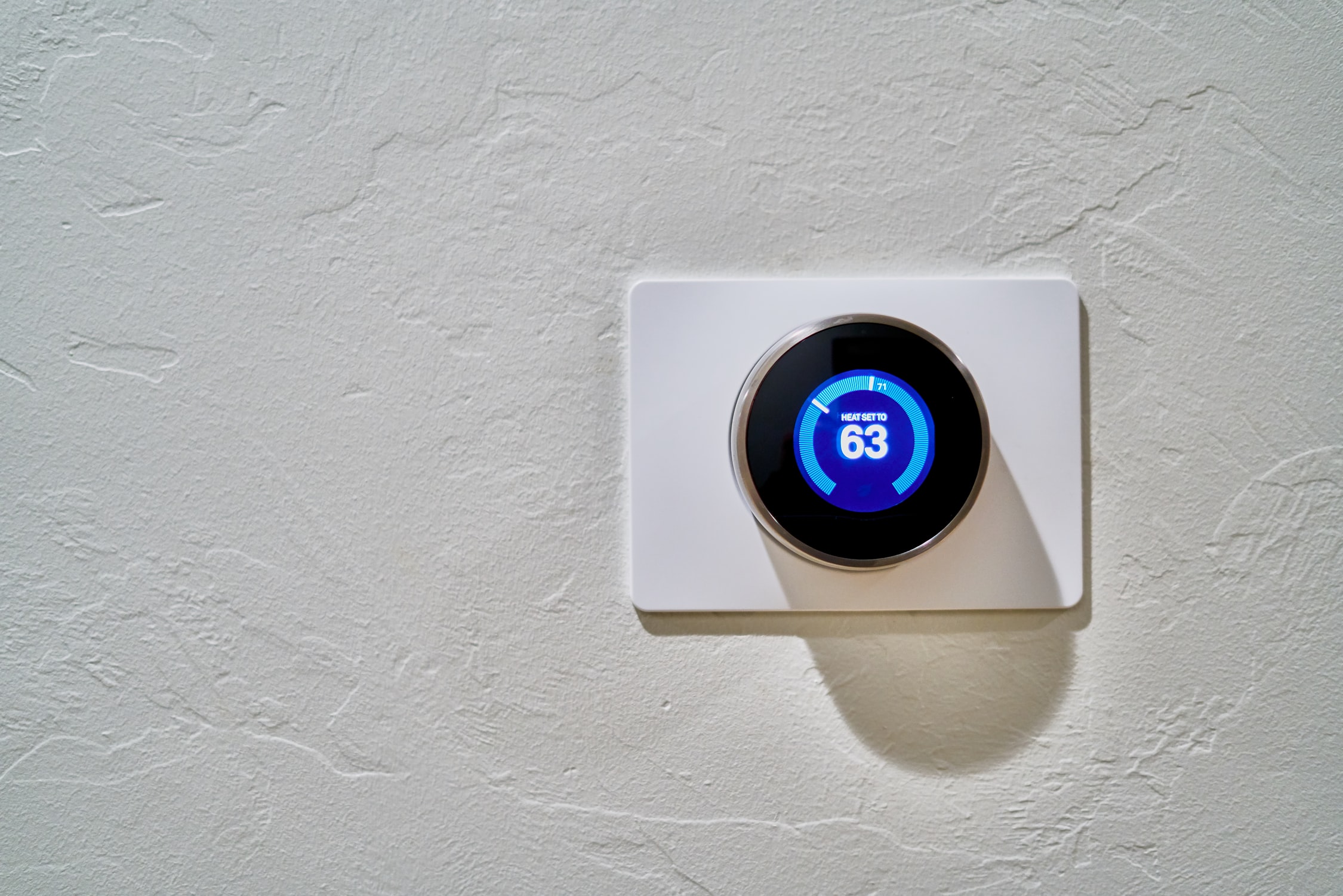Comments (2)
Lee Robertson
The extension of internet connectivity with physical objects has become a critical aspect for many Industries.
Christopher Lindsay
Thanks Naveen for the explanation

Internet of things (IoT) sensors form the crux of many IoT systems and help collect data that is crucial to their operations.
Most IoT devices function using sensors. These IoT sensors capture and analyze data to understand the physical environment around them. There are different types of sensors that are used for carrying out different functions depending on the use case. Some of the most commonly used sensors and their method of functioning are discussed below:
A large variety of sensors are currently being used for various applications. These include proximity sensors, temperature sensors, chemical sensors, image sensors, and gas sensors, to name a few. Here’s a look at three types of sensors that are largely being used across multiple industries:
Proximity sensors are used to detect nearby objects. These sensors are largely used in the autonomous vehicles sector and warehouses by autonomous robots. Proximity sensors emit electromagnetic radiation, for example infrared, and detect changes in the return signals. Some of the types of proximity sensors include:
Inductive sensors: These sensors detect metallic objects in their vicinity using electromagnetic radiation.
Capacitive sensors: Capacitive sensors are used to detect metallic as well as nonmetallic objects by a change in the amplitude caused by the entrance of an object in the electrostatic field of electrodes.
Photoelectric sensors: Photoelectric sensors use a beam of light to detect the presence of objects. Since light can travel long distances, these sensors are used for long-range sensing purposes.
Gas sensors are used to monitor air quality changes and detect the presence of harmful gases caused by leakages or other circumstances. They are mainly used in oil and gas, manufacturing, and pharmaceutical industries. Gas sensors consist of a sensing material and a heater with free electrons flowing through them. Oxygen attracts the electrons to the surface of the sensing material, resulting in a low number of electrons freely flowing inside the sensing material. However, if the pure air is replaced by toxic gases such as carbon monoxide or propane, the electrons held by the oxygen molecules are pushed inside the sensing material and allows the passage of current through the circuit. This triggers the sensor to sound an alarm detecting the presence of harmful gas.
Temperature sensors are used to detect changes in temperature. They are used in household appliances such as refrigerators, ACs, and thermostats as well as in industries such as manufacturing where machines are required to operate at certain temperatures. Temperature sensors can provide real-time information about the temperature of machinery and the natural environment, helping carry out operations at an optimum temperature. The most commonly used temperature sensors work on the thermocouple principle. A thermocouple is made up of two dissimilar metals that are joined together to form two junctions(hot and cold). Voltage flows due to the difference in temperatures of the two junctions which can be converted into a temperature reading.
IoT sensors provide critical information in real-time that can impact work operations. They can help avert disasters or help reduce the damages if quick actions are taken based on the data provided by them. Thus, IoT sensors and IoT devices are getting popular in work as well as home environments. It won’t be long before they will become an intrinsic part of our lives.
The extension of internet connectivity with physical objects has become a critical aspect for many Industries.
Thanks Naveen for the explanation
Naveen is the Founder and CEO of Allerin, a software solutions provider that delivers innovative and agile solutions that enable to automate, inspire and impress. He is a seasoned professional with more than 20 years of experience, with extensive experience in customizing open source products for cost optimizations of large scale IT deployment. He is currently working on Internet of Things solutions with Big Data Analytics. Naveen completed his programming qualifications in various Indian institutes.
Leave your comments
Post comment as a guest